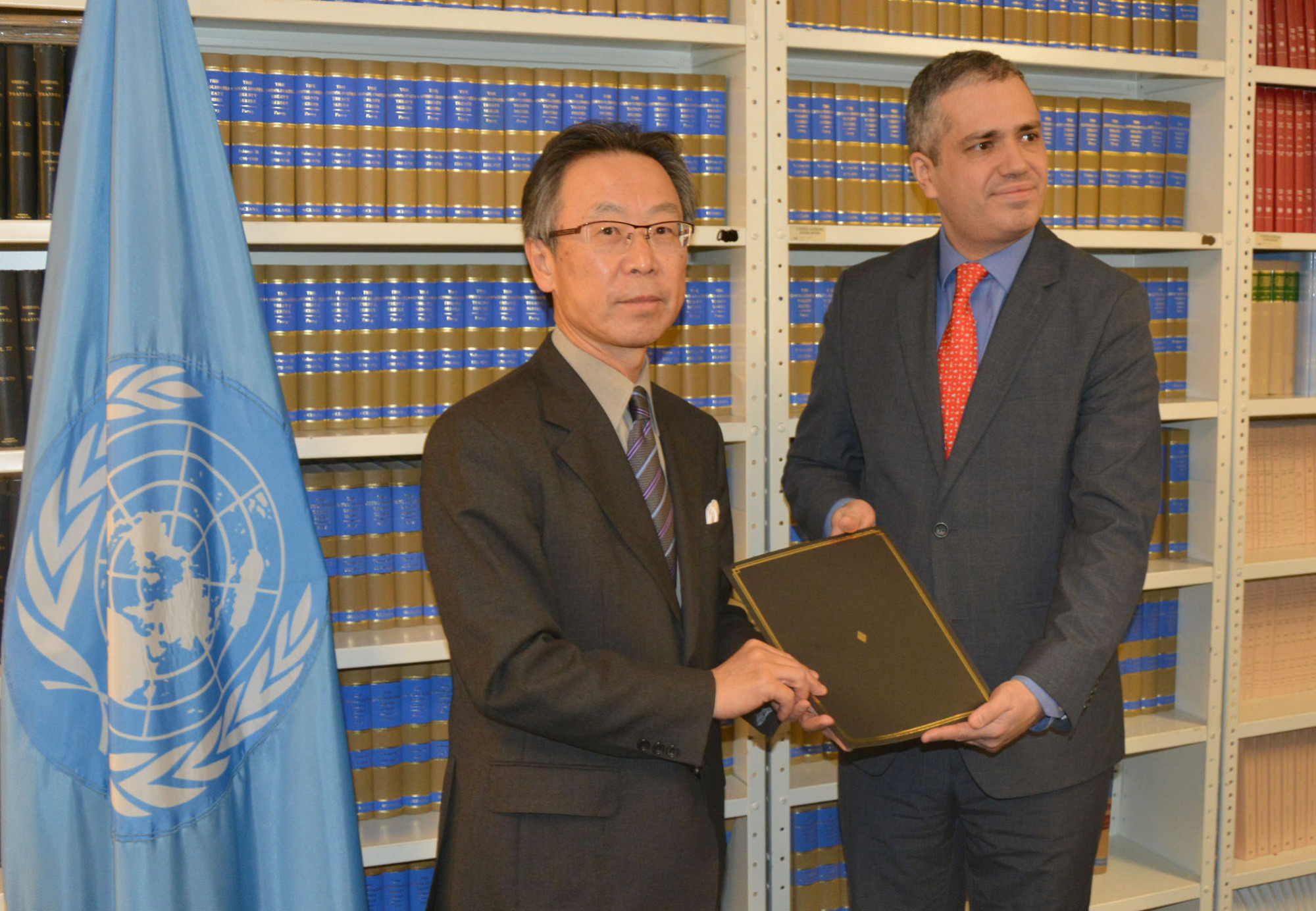One spring day just over 60 years ago in Kyushu, a young girl was brought to the hospital by her anxious parents. She could barely walk, was slurring her words and suffering convulsions and seizures. Days later, her sister was also admitted with the same symptoms, and she was followed by a neighbor, and then dozens more people.
The city of Minamata, Kumamoto Prefecture, was gripped by an unexplained epidemic of a condition that ravaged the central nervous system. Doctors saw numb limbs twisted in pain, loss of speech, and then, all too frequently, coma and death. Animals were also hit: Birds had fallen from the sky, cats were also gripped by convulsions — prompting some to call the condition "dancing cat disease."
Upstream, one of Japan's most advanced factories had been dumping chemical waste into the bay. A sludge containing mercury had accumulated over time, and consumed by fish and shellfish. From there the poison found its way into the food chain and the staple, protein-rich foods of the coastal communities. It was several years before the precise cause of the epidemic was identified, but not before hundreds of lives were lost.



